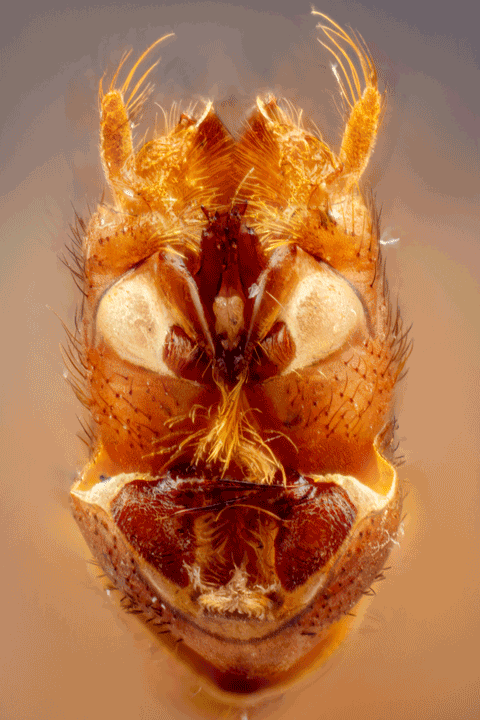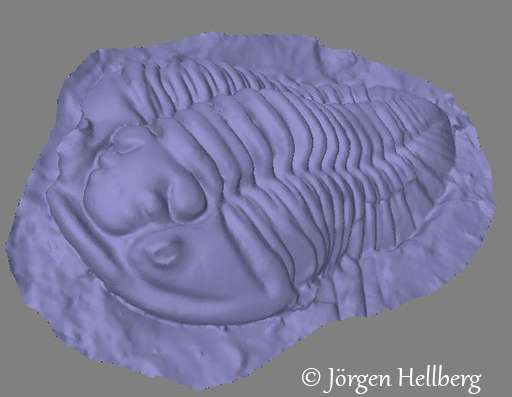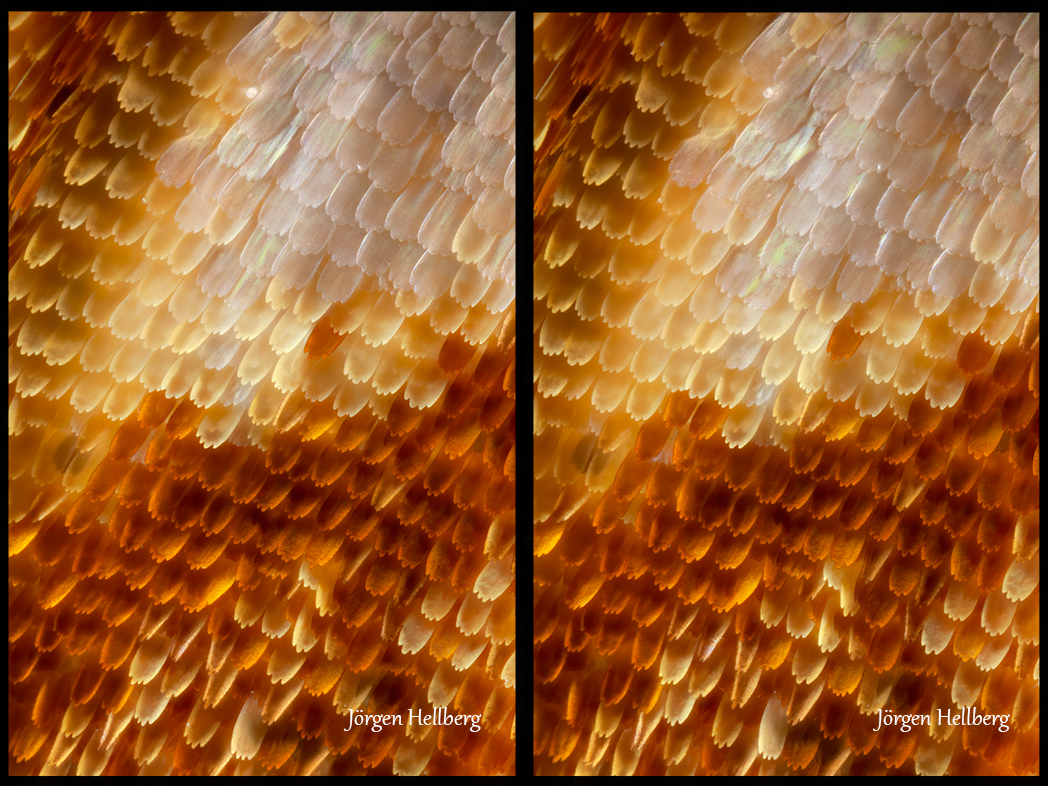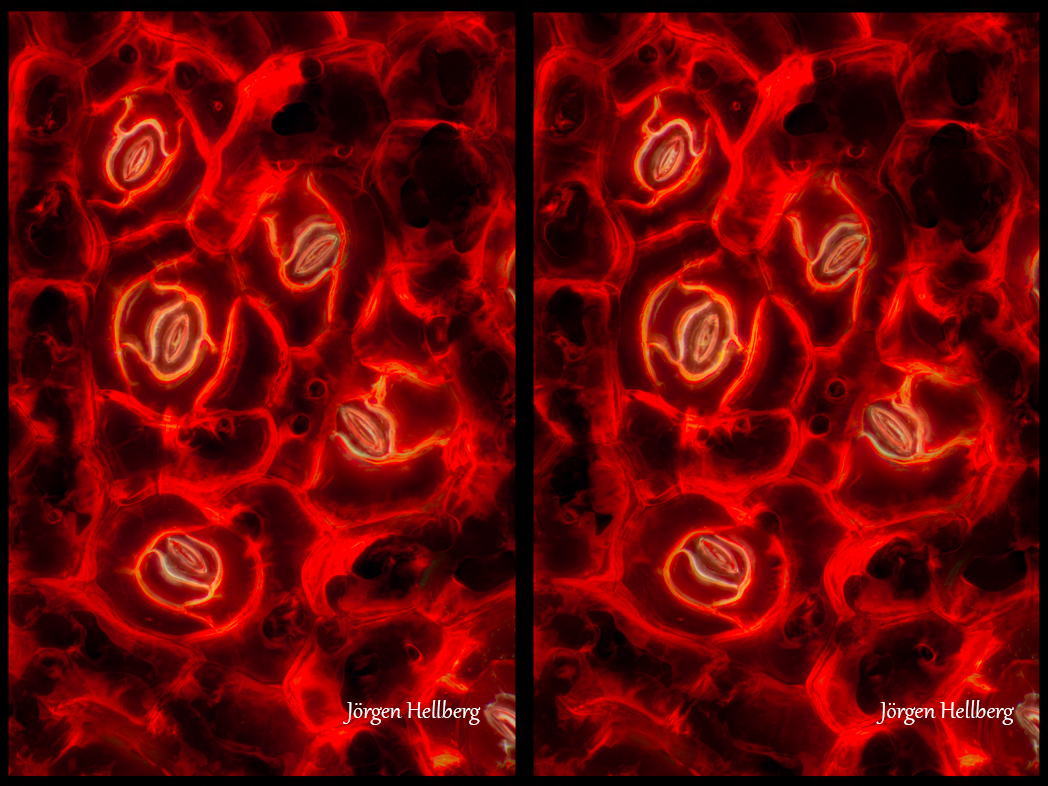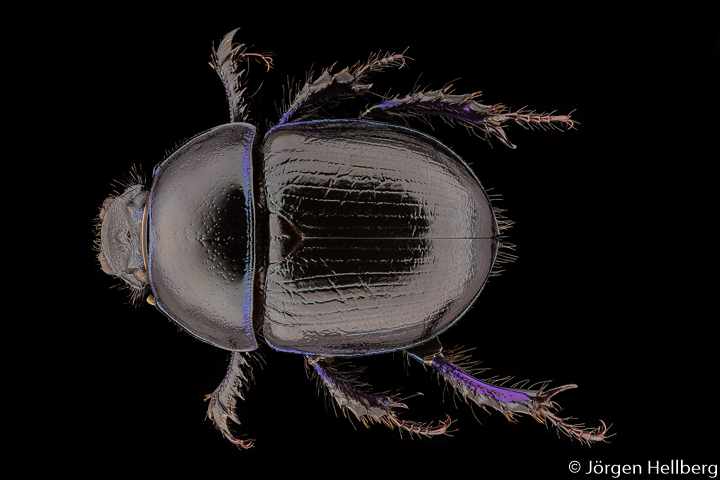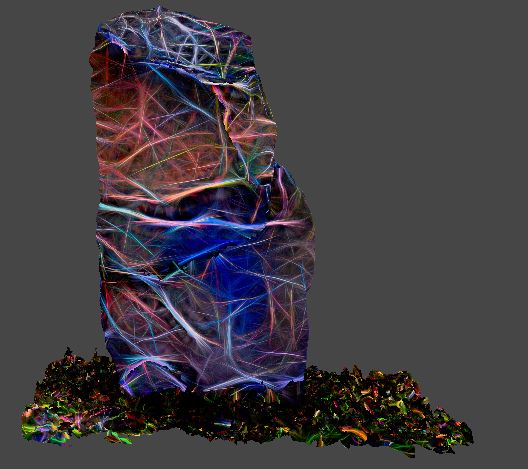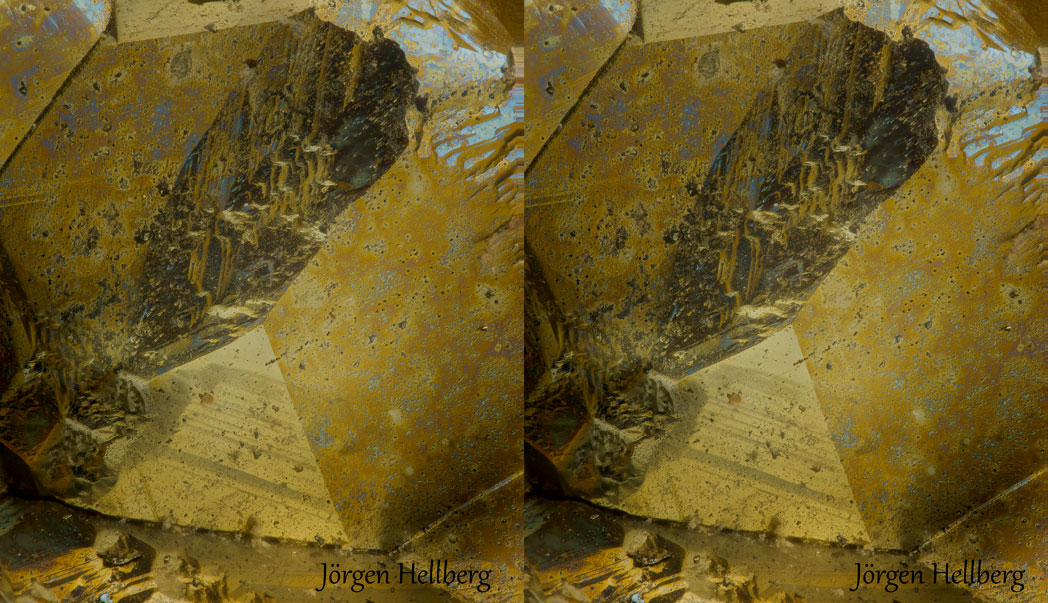Category: Technique
I have just added a section about visualization from one single stack of photos
Now on line: Photogrammetry step 5 – using stacked pictures
Photogrammetry makes it possible to store, view and share information about a subject in 3D. But the technique has some limitations. One is that you need sharp photos of the subject you want to make a 3D model of. In macro photography the shallow depth of field can therefore be a problem. One time consuming […]
Morpho aega pseudocypris
The colurs of Morpho butterflies are stunning, but photographing Morpho wingscales are new to me. This is a photo of what I expected a Morpho to look like – a didius argentiferus from the Swedish Natural History Museum It turned out that, at least some, Morphos can be quite difficult to photograph. This is a […]
I have just aded a section about Baltic amber
Ant in Baltic amber, photographed with Mitutoyo M plan apo 20x objective. Baltic amber are said to be from 44 million years ago. If you want to photograph insects or other amber inclusions you have to chose carefully to find nice objects that are close to the surface. A water dipping objective and submerging the […]
Compensating variation an old trick – and another Cross eyed stereo
This is a Nikon microscope plan apo 20x, NA 0.75, 160mm objective. The working distance is quite short 0.64 mm according to a Nikon brochure. This lens is not intended to be used without a coverslip. If you use a high NA objective without a coverslip the picture does not form correctly. But what do […]
